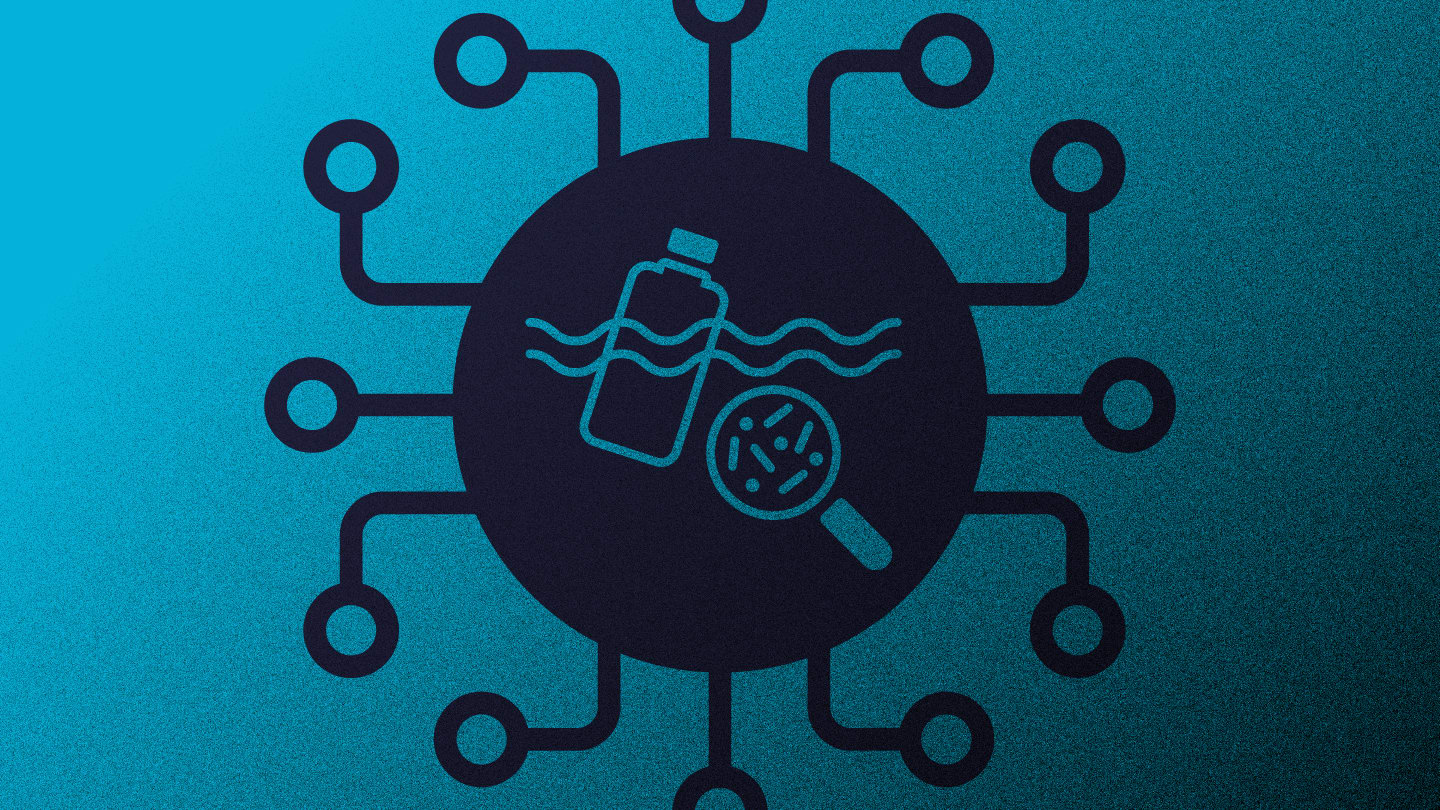
Researchers have developed a deep learning model that significantly improves the classification of mixed microplastics using infrared spectroscopy – reaching an accuracy of 98 percent.
Microplastics, which are plastic particles smaller than 5 mm, are a growing environmental concern and often occur in mixtures that distort spectral signatures. Traditional machine learning methods struggle to distinguish these mixtures due to limited feature extraction.
To address this, the team from the Hefei Institutes of Physical Science, Chinese Academy of Sciences, introduced a novel dual-branch convolutional neural network, enhanced by a Convolutional Block Attention Module (CBAM). “Visualizing convolutional neural networks through Grad-CAM more clearly shows the important features selected by the model in characterizing microplastics,” said TONG Jingjing, a member of the team, in a press release.
The architecture, named DCNet-CBAM, combines two parallel 1D convolutional branches with CBAM to capture both channel-level and spatial spectral features. This attention-guided mechanism boosts signal clarity and interpretability, allowing the model to identify the most chemically relevant regions of FTIR spectra.
Tested on seven common microplastic types, including PE, PP, PVC, and PET, the model achieved 98.05 percent accuracy – outperforming traditional algorithms like SVM, Random Forest, and even other deep learning approaches like LSTM and ResNet. It also proved highly effective on complex mixed samples, where overlapping spectral signals often confound standard classifiers.
The authors suggest the approach could be extended to other spectral-based analyses of pollutants beyond microplastics.




